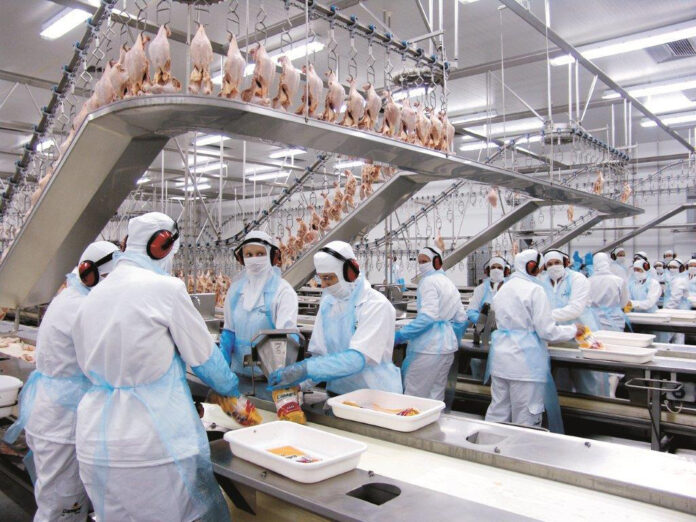
USPOULTRY and the USPOULTRY Foundation reported the completion of a funded research project at Auburn University in Auburn, Alabama, in which researchers evaluated four euthanasia methods for large poultry.
Project #BRF011: Euthanasia of large poultry by Dr. Dianna Bourassa, Department of Poultry Science, Auburn University, Auburn, Alabama.
The American Veterinary Medical Association (AVMA) has approved alternative methods of euthanasia. Thus, the objectives addressed in this research project were to comparatively evaluate the four euthanasia methods utilized for both broiler breeders and turkeys, which include mechanical cervical dislocation, captive bolt, carbon dioxide inhalation and electrical euthanasia (head-to-cloaca).
On-farm euthanasia of large heavy poultry, including broiler breeders and turkeys, can be particularly challenging, and the operators ability to kill humanely depends greatly on their physical strength. Applying manual cervical dislocation can be difficult on larger and mature poultry weighing between 4 to 30 kg. The challenge with using manual cervical dislocation is that the strength required to hold mature poultry and swiftly apply cervical dislocation can be physically impossible for most people. This action can induce additional pain and distress for the animal if not performed properly and quickly.
Mechanical cervical dislocation and captive bolt euthanasia devices are commercially available for use. The carbon dioxide euthanasia and electrical euthanasia devices used for this project are developed and described in both research publications and extension materials. Following euthanasia method development and verification, extension materials and programming were prepared for distribution to the poultry production and research industry. Following application of each method, physical reflexes, broken skin, blood loss, and kill success were assessed.
The results indicated that all four euthanasia methods were successful for euthanasia of large poultry when properly applied. However, mechanical cervical dislocation led to extended duration of physical reflexes in comparison to the other three methods. Carbon dioxide euthanasia required more time for application per bird than the other three methods. Captive bolt euthanasia was swiftly applied with minimal physical reflexes post-euthanasia. Electrical euthanasia both stopped the heart and prevented the occurrence of convulsions during and post-euthanasia. The kill success was defined as successful euthanasia with a single application, and rates for the euthanasia methods were 92% for mechanical cervical dislocation, 97% for carbon dioxide and captive bolt, and 99% for electrical euthanasia.
Based on these results each of the methods can be used to successfully euthanize broiler breeders and turkeys and are safe to use when manual cervical dislocation is not feasible.
For the full report can contact USPOULTRY Vice President of Research Dr. Denise Heard. Information on other association research can be obtained by visiting the USPOULTRY website, www.uspoultry.org
Cover Photo: ©www.aen.pr.gov.br

















